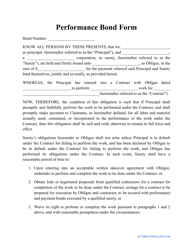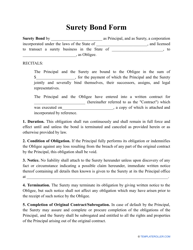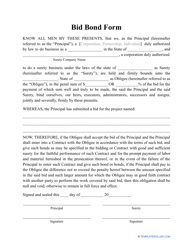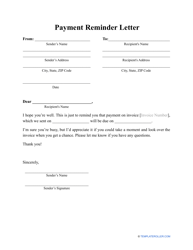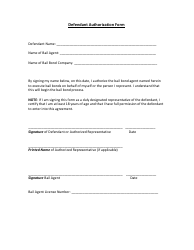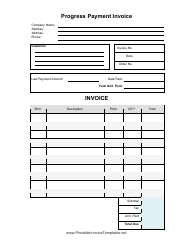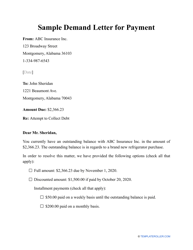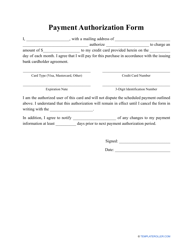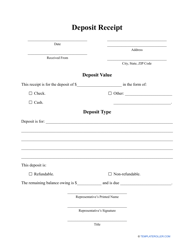Payment Bond Form
What Is a Payment Bond?
A Payment Bond is a legal instrument signed to protect the interests of subcontractors and suppliers that work on a specific project. This document will guarantee payment to all individuals and corporations that participate in the construction project even if the prime contractor fails to meet their obligations listed in the bond and the contract with the customer. Signed after the parties to the construction job have agreed upon the terms and conditions of the agreement, the Payment Bond form offers security for all people who provide their labor and materials for the proposed project.
A Payment Bond template can be downloaded below. Typically, this document identifies all the parties by their names and addresses, contains a brief description of the private or public construction project, certifies the right of any subcontractor to file a claim if they did not receive payment from the contractor, states the duration of the bond, specifies whether it can be extended and which circumstances would lead to the extension, and establishes the prevalence of the bond over other agreements filled out in relation to the project.
If the project in question is a public building, construction of infrastructure for the benefit of the general public, or improvement of an existing public property, complete GSA Standard Form 25A, Payment Bond, instead.
How to Make a Payment Bond Claim?
Here is what you need to do to obtain a Payment Bond and recover your funds if you were not paid in full or on time:
- Prepare a notice whether you worked on a private project or were hired to build state or county property. It will serve as the final warning - tell the recipient that if you do not receive the payment they owe you there will be harsh consequences for the breaching party. The contractor must receive the notice and have two or three weeks to respond to satisfy your demands or explain why they are inadmissible. Note that you should keep proof of sending in case you file a lawsuit later.
- If even after the notice the general contractor ignores you or continues to insist you are not entitled to payment, you can move with the bond claim. A copy of the claim - the document that confirms you did not get compensation for your labor and materials with supplemental materials that prove your contributions to the project - must be sent to the contractor, the surety that provided the bond, and the owner of the project.
- Start a legal action to recover payment if the bank, insurance company, or bond surety failed to act the way you asked them to in your claim. Make sure the bond has not expired and the surety is still under the obligation to release payment - the deadline may vary from state to state, from six months to two years. It will be in the interests of the contractor to take your side otherwise their bond history may be tarnished.
Still looking for a particular document? Take a look at the related templates below:





